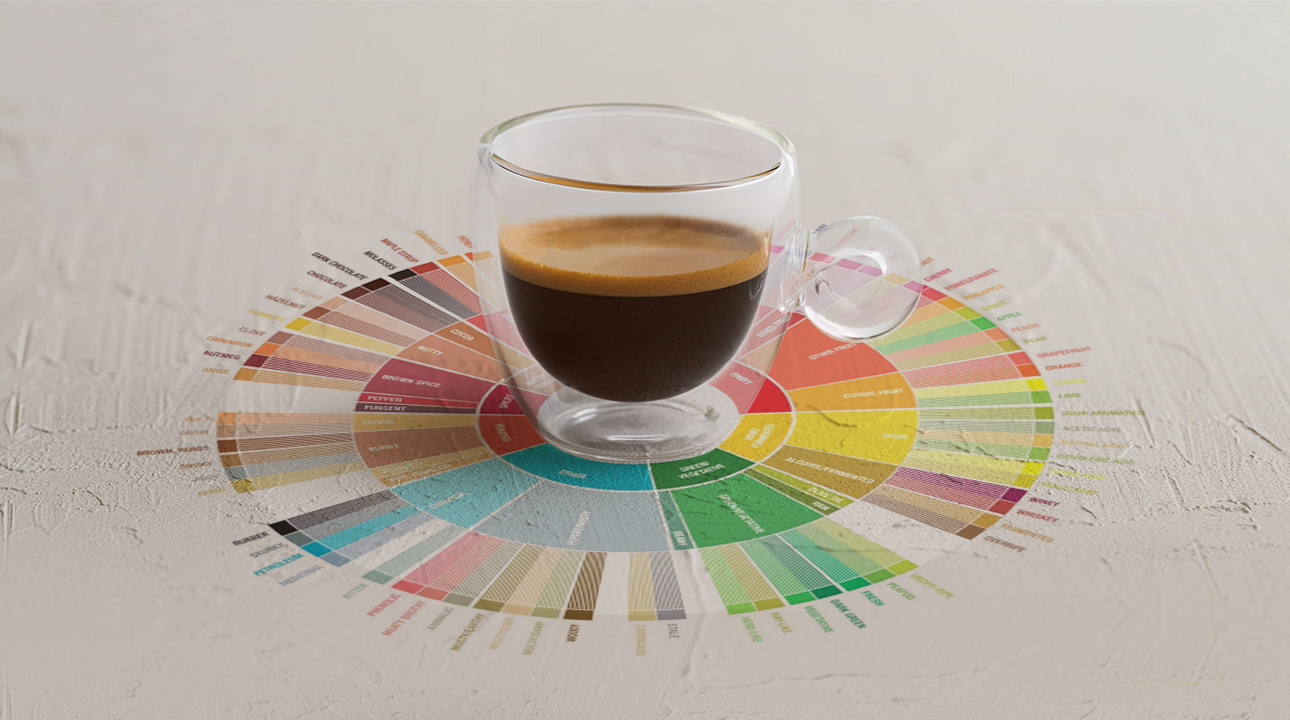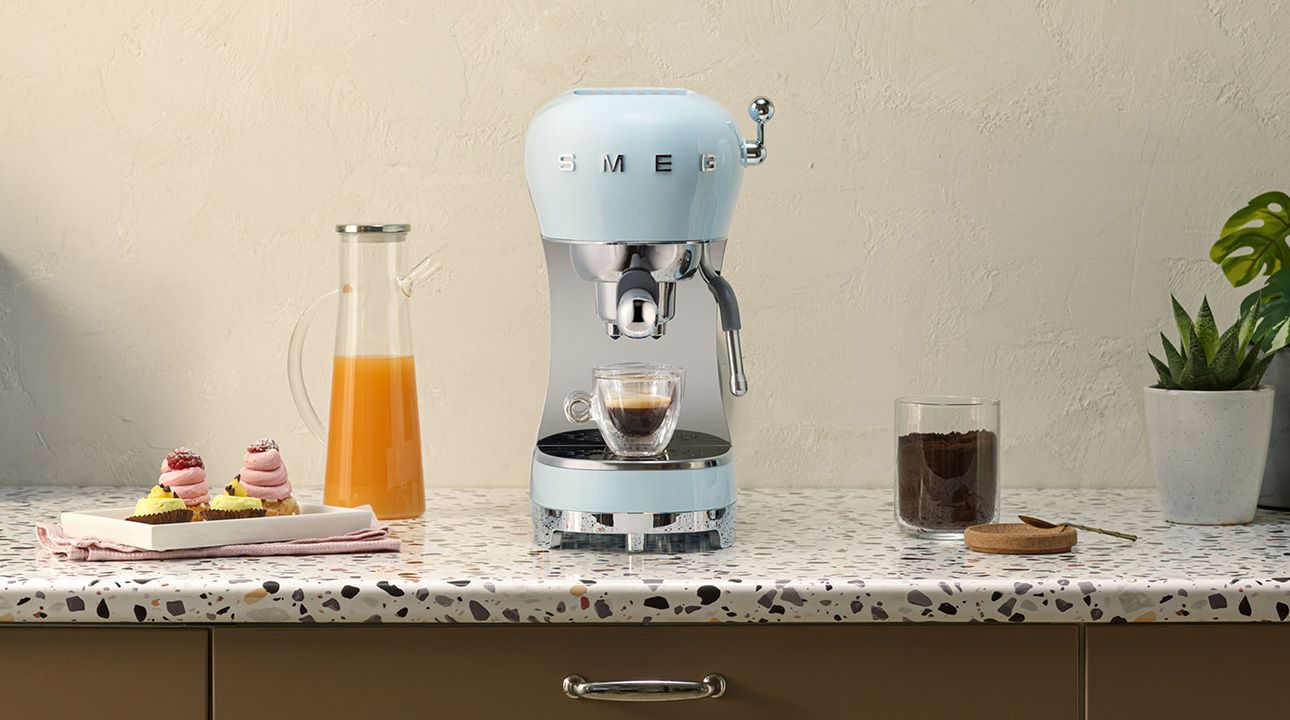
Coffee tasting is an art that fully engages our senses, in particular our eyes, nose and mouth, and if carried out with a few 'professional' touches, it leads us to a deeper discovery of our tastes. We can re-create this experience at home with espresso coffee, which is considered the ultimate concentrate of taste.
The distinguishing features of espresso coffee are its crema, its aroma as well as its body and taste.
The term 'espresso' means 'freshly brewed', or rather that it is extracted under pressure using a dedicated coffee machine after being ordered by the customer. This method was originally conceived to be able to serve coffee faster to customers, and the first prototype of the machine was presented at the Universal Exhibition in Paris in 1855. In addition to the speed with which coffee is brewed, the espresso method also enables the essence of the coffee beans to be extracted. That is why its intense fragrance and rich aroma have made it famous worldwide.
As soon as our espresso coffee is ready, we ensure that the temperature in the cup is approximately 75°-80° and that its volume is about 25 to 30 ml.
By visually inspecting it, we can analyse the colour of the coffee: it should be brown with a hazelnut crema that has a compact texture yet is not frothy.
A crema that is too light in colour is a sign of under-extracted coffee, in which case the crema is either thin, non-existent or isn’t compact. To improve this defect, it is usually necessary to grind the coffee beans to a finer grain size or to increase the amount of ground coffee.
On the other hand, if the crema is too dark, this means that the coffee has been over-extracted, in which case the coffee beans should be ground to a coarser grain size, or the amount of ground coffee should be reduced. Let's examine the consistency and persistence of the crema: how compact does it remain before it dissolves?
We are now ready to perform a full sensory analysis of the coffee, taking into account its aroma, taste and flavour. The latter is achieved through a combination of flavours and aromatic perceptions.
The former, as we know, come from the mouth, while aromas are perceived by the nose but can also be oronasal perceptions, i.e. originating from the mouth. In any case, smell accounts for 80% of flavour identification.
The coffee taster's flavour wheel is the reference used to describe all coffee qualities and graphically represents the 9 flavour categories: roasted, spicy, dried fruit/cocoa, sweet, floral, fruity, sour/fermented, green/vegetative, other.
By looking at the central part of the wheel, it is possible to recognise the predominant flavour by distinguishing the characteristics of our espresso coffee, and to note down our feelings on a sheet of paper.
These sensations do not end upon tasting, but pleasantly persist for a long time.

ECF02 is the Made in Italy manual espresso coffee machine that with its 15-bar pressure, guarantees the best result when it comes to brewing excellent espresso coffee.